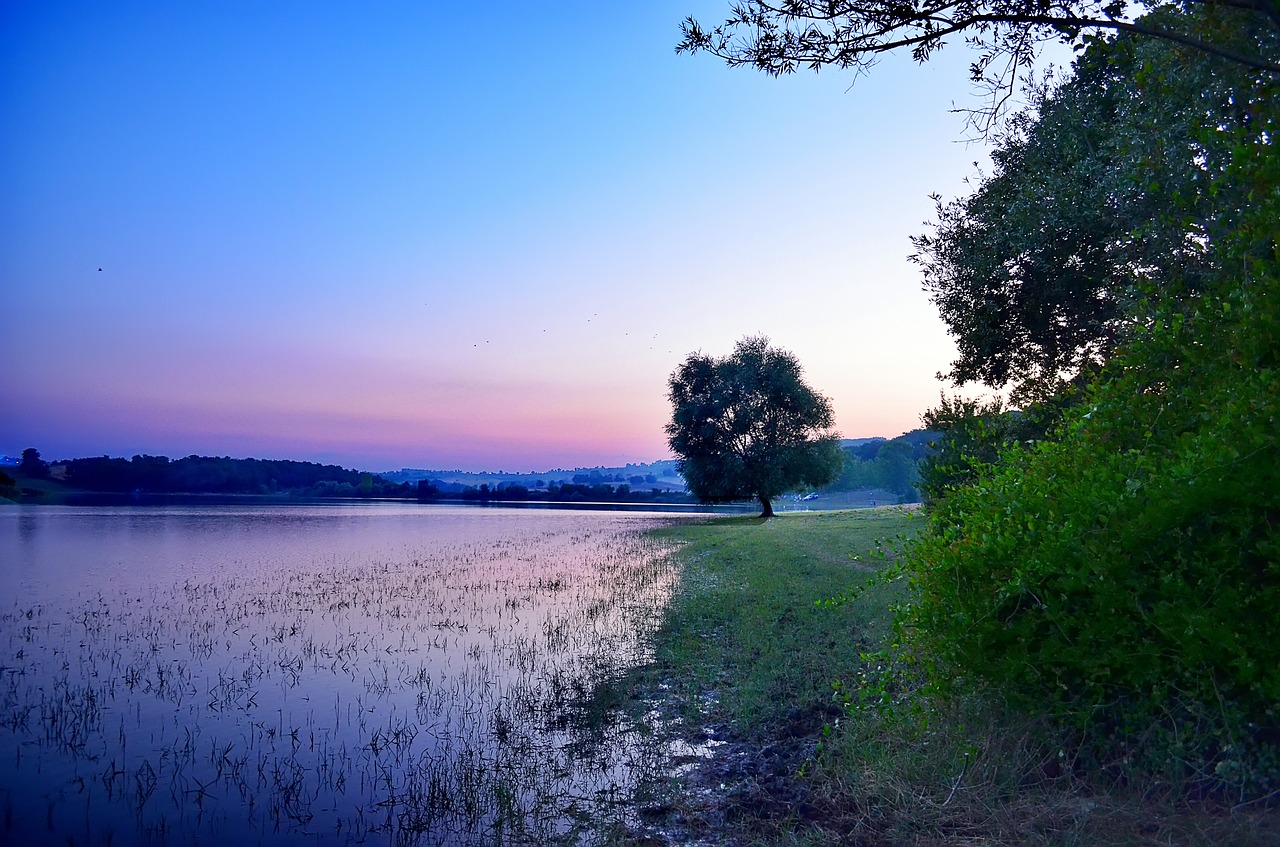When you think of estuaries, the first thing that comes to mind is freshwater and freshwater fish. This is partially correct, but estuaries can also be described as shallow areas of water of which parts of it are enclosed and can be found in inlets or bays.
Freshwater flowing from these estuaries, flow into the ocean from inland rivers, where it usually mixes with the salty waters of the ocean, which in turn creates brackish waters.
These shallow waters are unique and important to fish and plant life that cannot survive in seawater but require a lower percentage of salt to survive. The fish living in estuaries are also some of the fish that are most commonly caught by the fisherman and are sent to restaurants all over the world.
The shallow nature of the water found in estuaries is perfect for the growth of marine grasses and underwater plant life that needs to capture sunlight. These grasses and plants also help regulate oxygen levels in the water which keeps it healthy and keeps the fish alive.
Estuaries: Unknown productive waters
Estuaries all around the world are considered more important and productive than most people think and are often taken for granted. Apart from sustaining the plant and marine life underwater, providing us with fish and keeping the water healthy, estuaries also house many species of worms, smaller fish, rays and shrimp. There are also more unique species such as black sea bass, red drum and stone crabs which rely on these habitats for life.
The important role of estuaries
Providing a variety of ecosystems to the waters of the world, estuaries are not only important for the sustainability of marine life but also play important roles in our daily lives. They have many roles ranging from nutrient cycling to continuing endless fish production and wave-energy absorption, which keeps the ocean’s powerful waves at bay to name just a few.
Get bottled water dispenser and plumbed water dispenser from Living-Water in London.
Ref: www.epa.gov/nep/basic-information-about-estuaries






